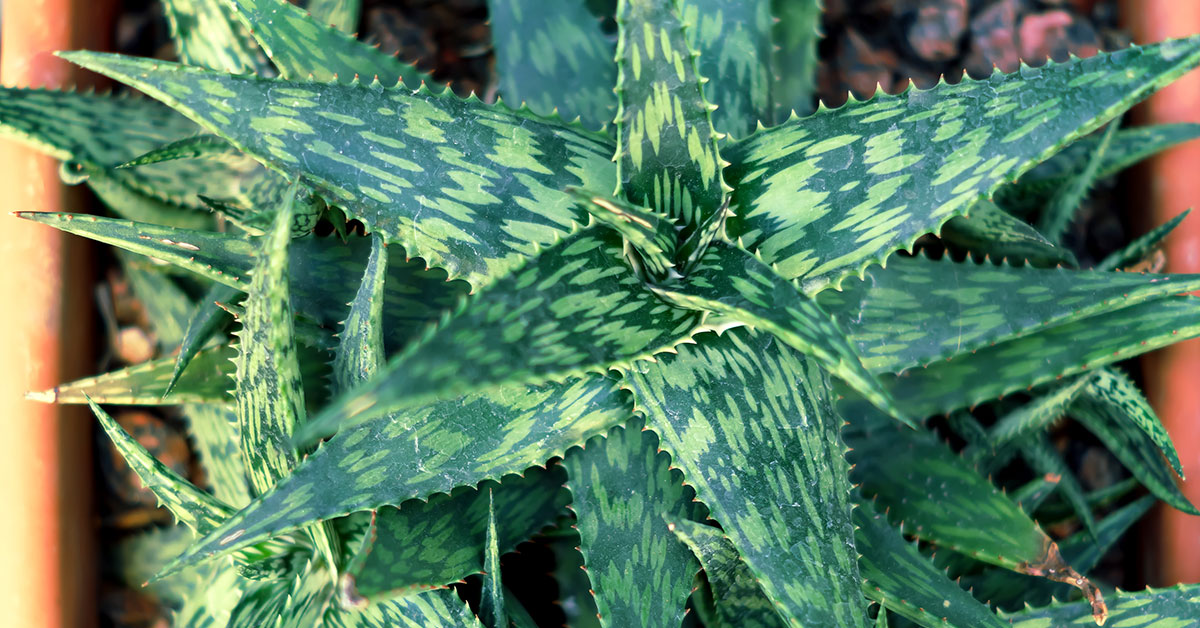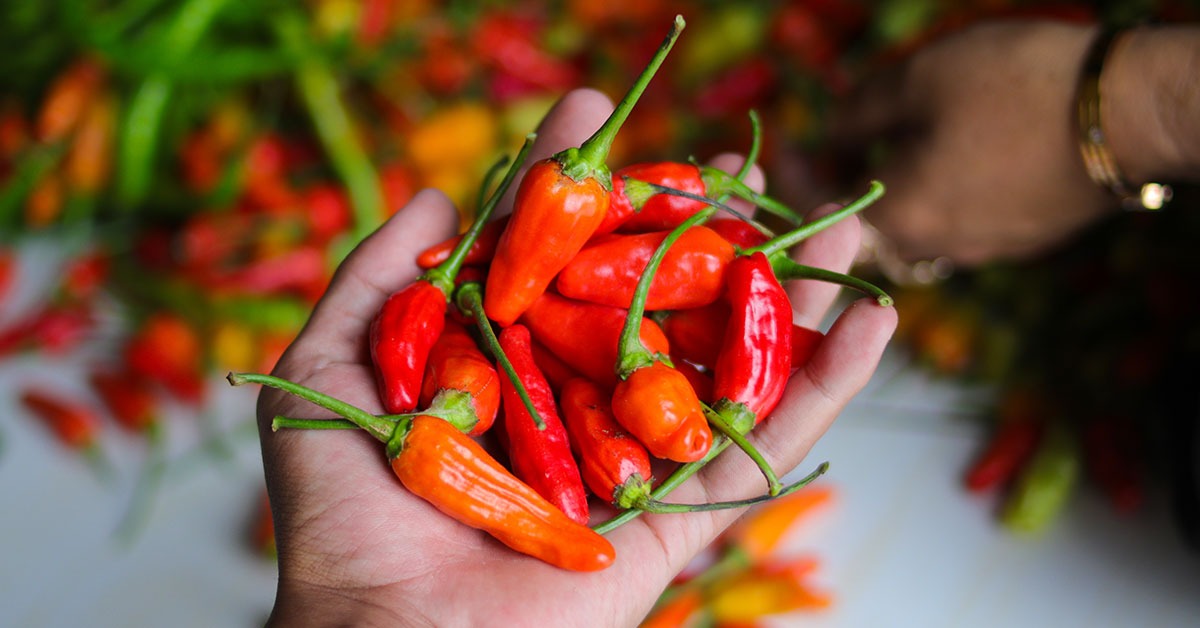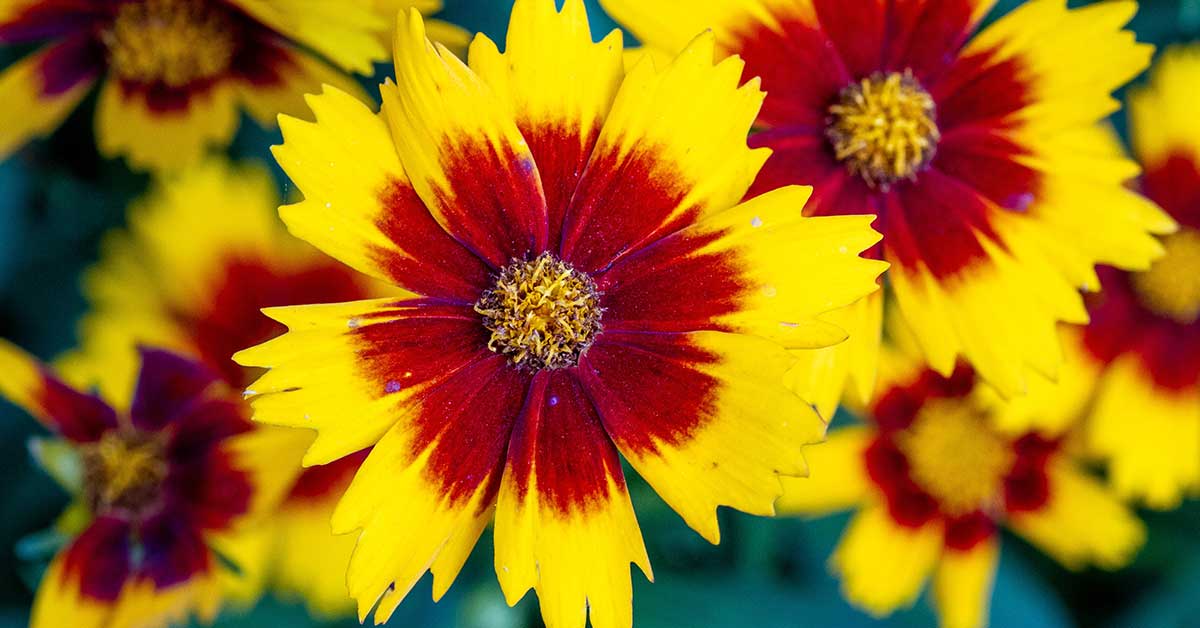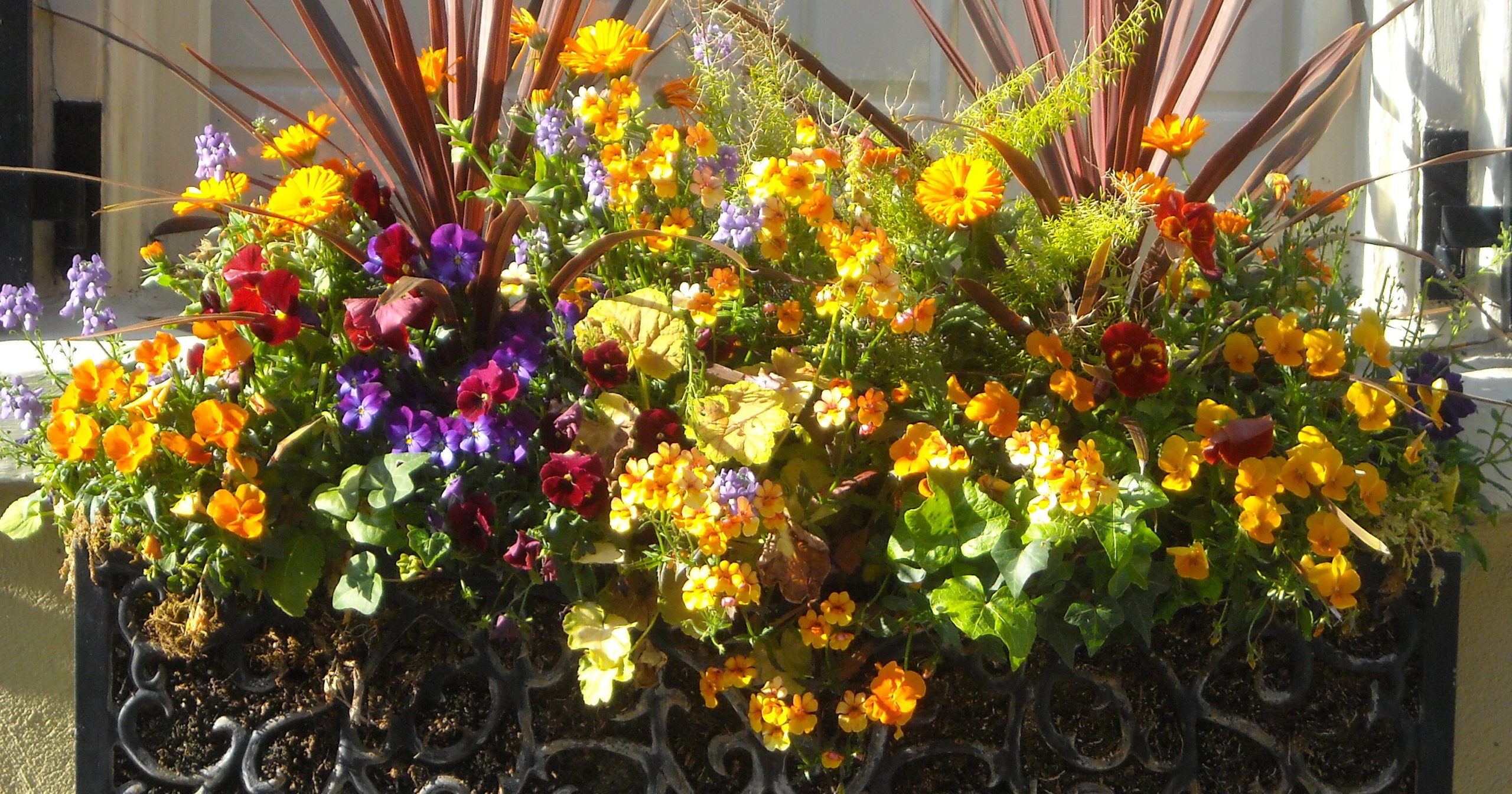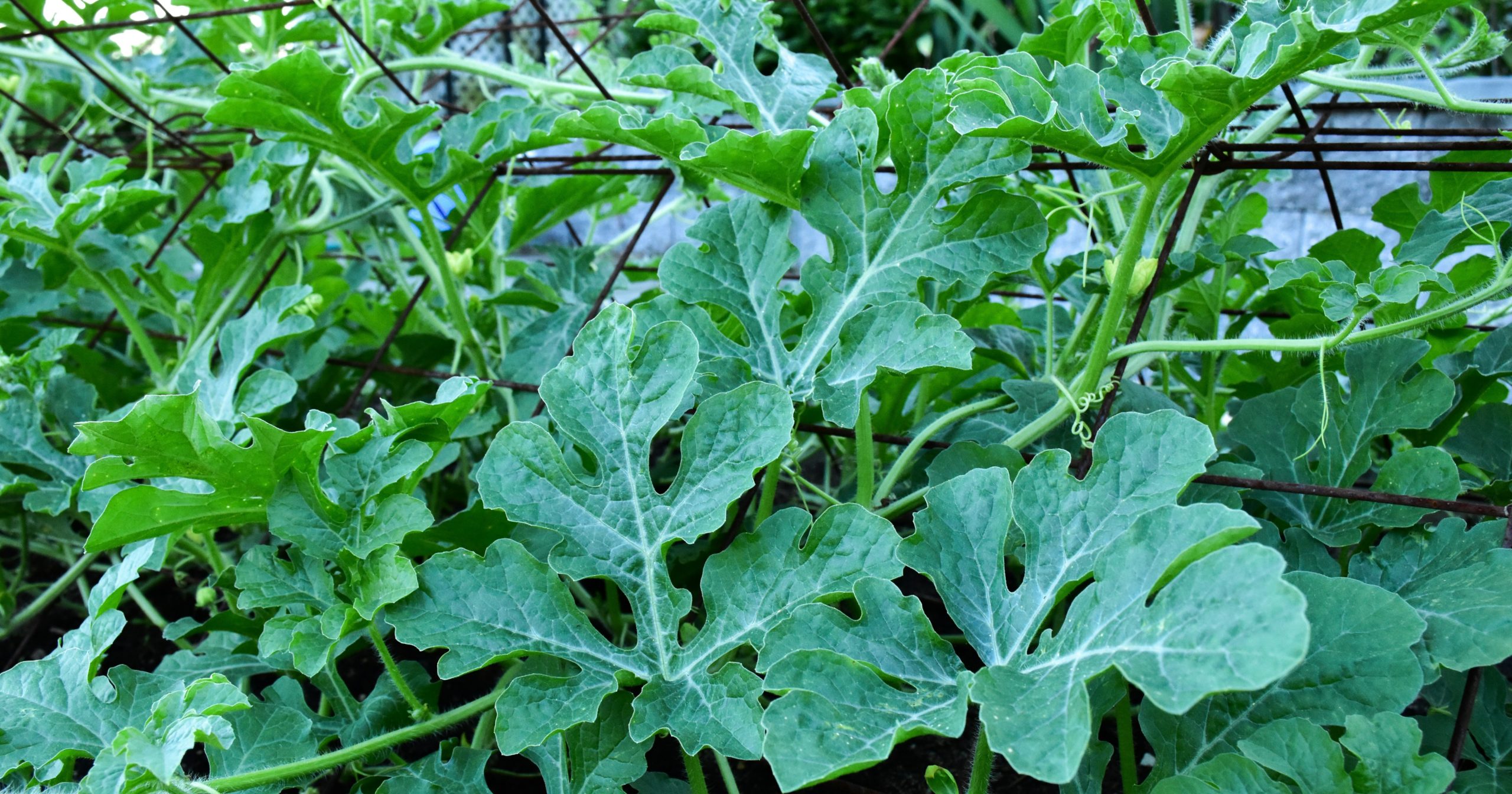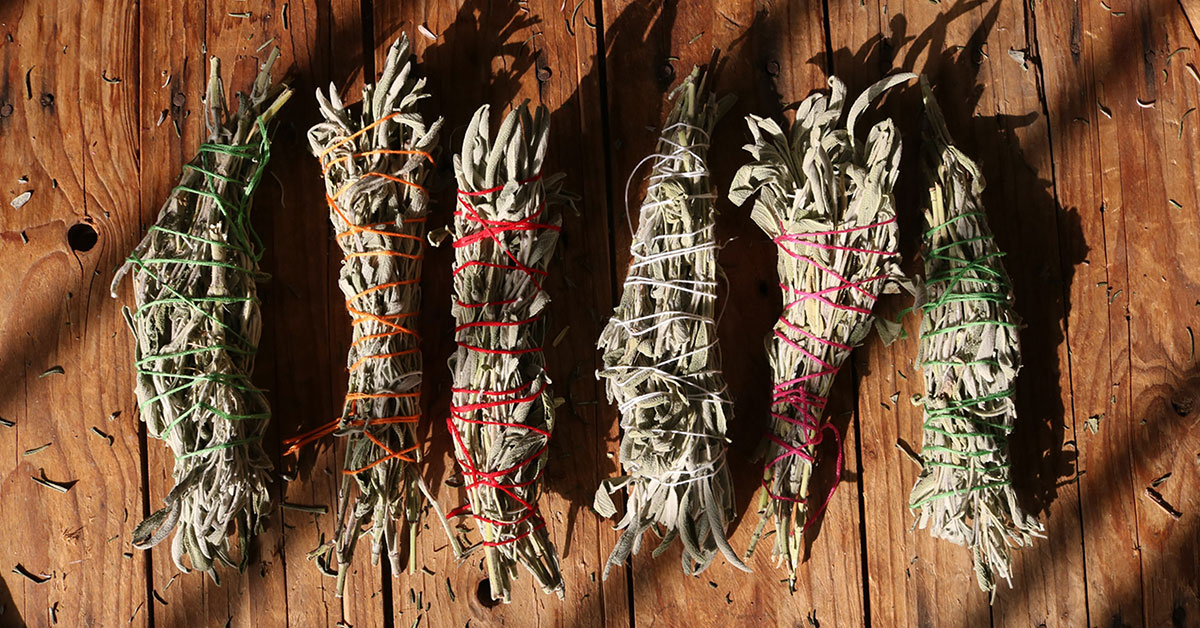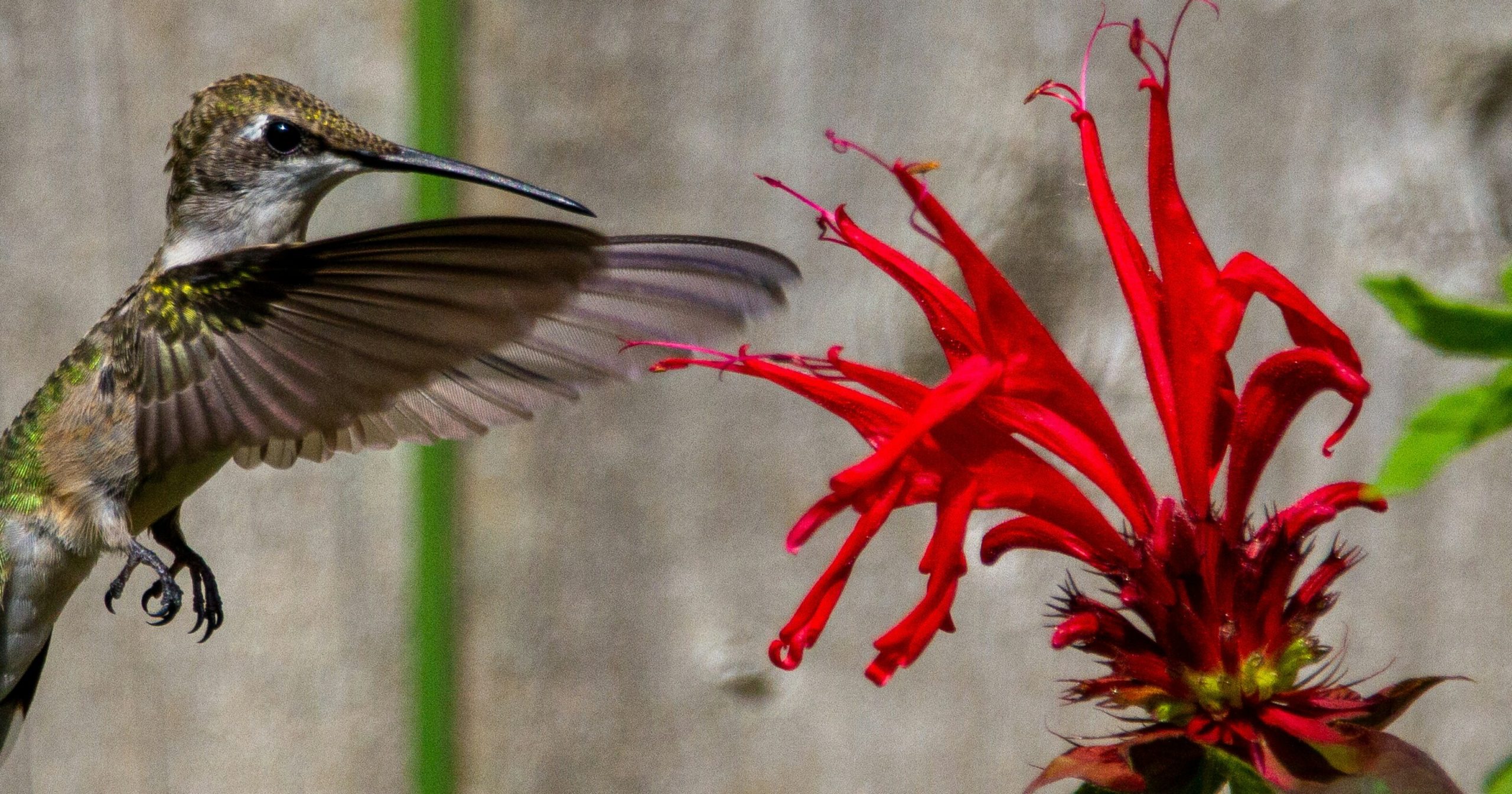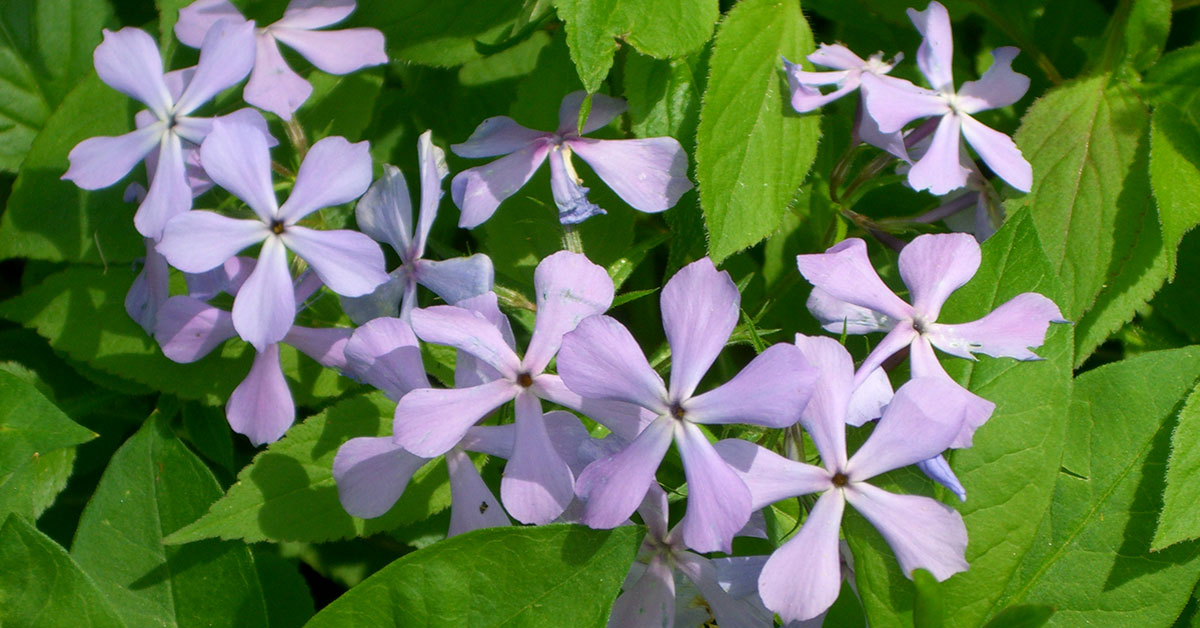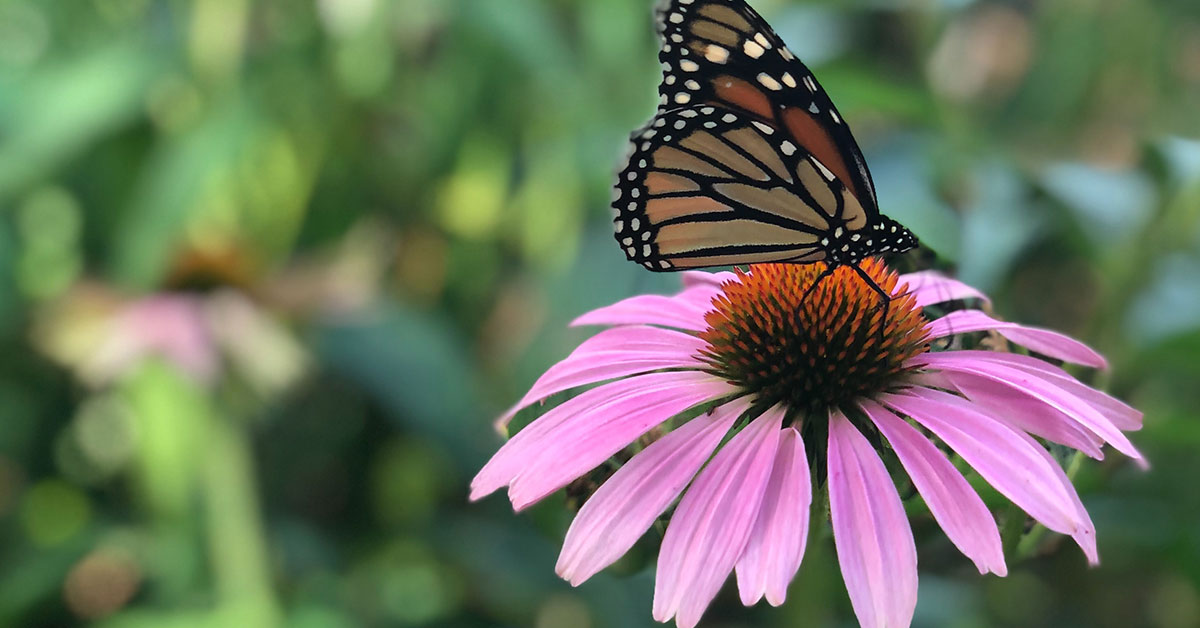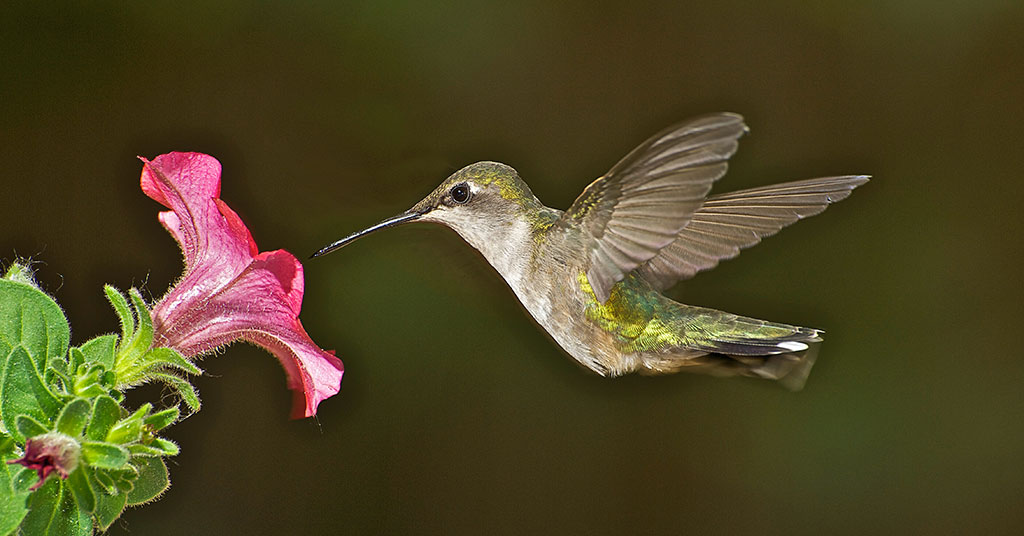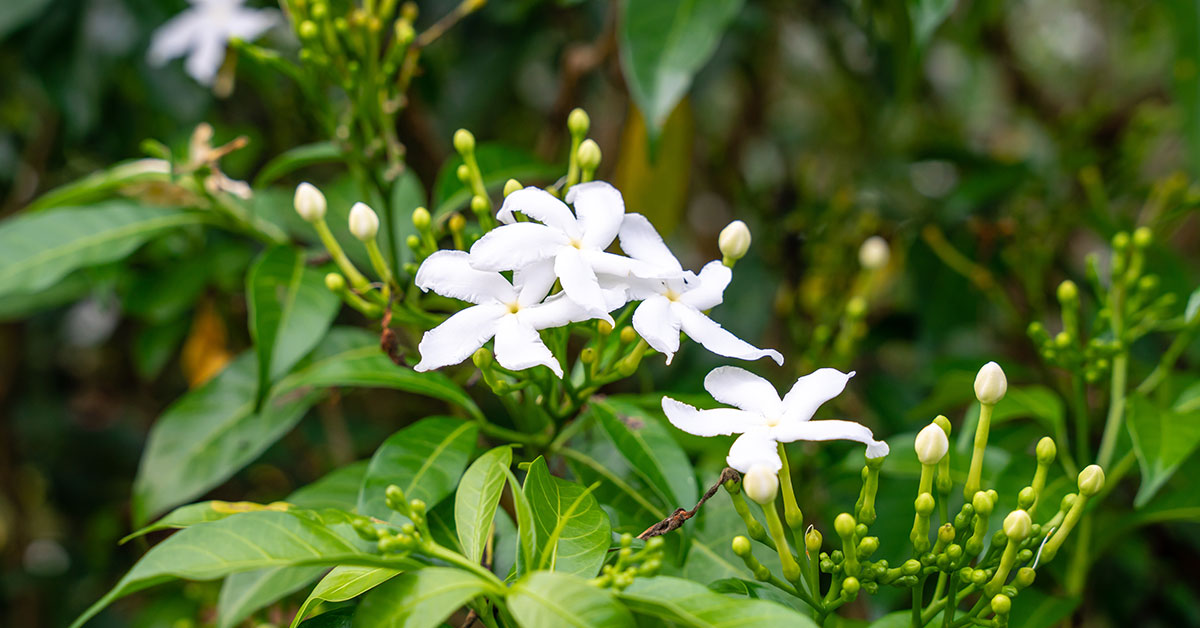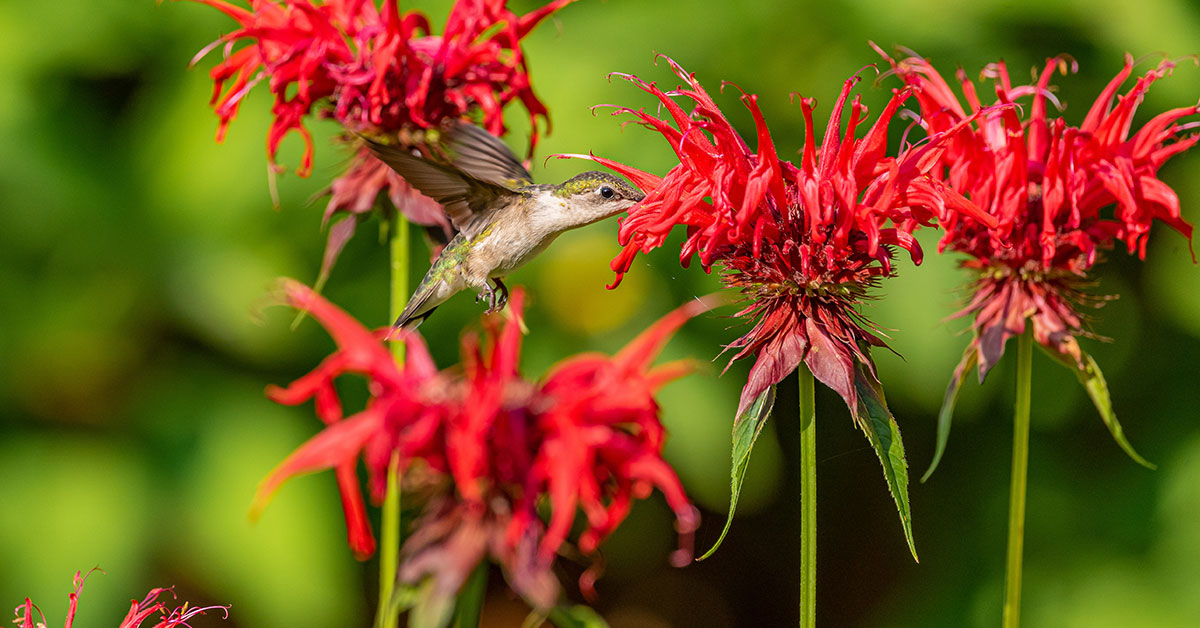For the urban gardener, aspiring plant parent, or the overworked individual seeking a touch of greenery without the high maintenance, indoor plants can offer an oasis of tranquility and a slice of nature within the confines of their living space.
Whether it’s the limited daylight of apartment living, the arid conditions of central heating, or simply the human tendency to forget amidst the chaos of daily routines, the challenge of keeping indoor plants thriving has often led many to shy away from adding that desired green touch to their homes.
We’ve curated a list of some of the hardiest indoor plants that you can grow, all of which need very little water or can tolerate some degree of neglect. These plants will help brighten up your indoor space!
Succulents and Cacti
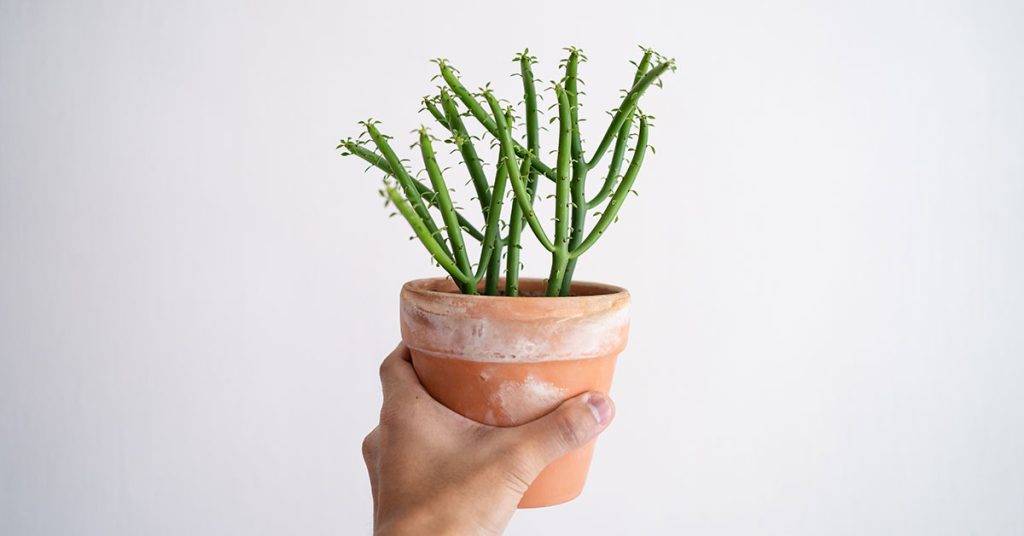
Indoor succulents and cacti are renowned for their low-water needs, making them ideal for those seeking resilient and low-maintenance plants for their indoor spaces. Adapted to arid environments, these plants have developed ways to store water within their leaves, stems, or roots, allowing them to thrive even when water is scarce.
Generally, succulents and cacti require watering only once every two to four weeks, depending on the humidity and temperature conditions of their environment. It’s crucial to allow the soil to completely dry out between waterings to prevent root rot, a common issue with overwatered plants.
The exact watering frequency varies among species and with seasonal changes; they may need more frequent watering during their active growing season in spring and summer and less during the dormant winter months.
Employing a “soak and dry” method, where the plant is thoroughly watered and then allowed to dry out completely, is often recommended to mimic their natural arid conditions and promote healthy growth.
Snake Plant (Sansevieria)
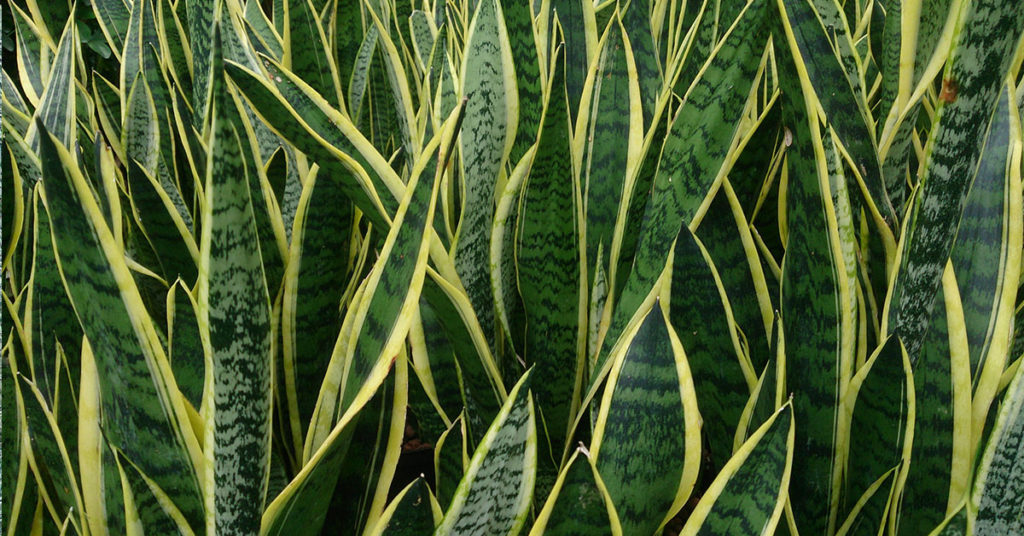
The Snake Plant, scientifically known as Sansevieria, is a remarkably hardy indoor plant that thrives on minimal care, making it an excellent choice for both novice and experienced gardeners. Its striking, upright leaves provide a sculptural element to any indoor setting, and it’s well-regarded for its air-purifying qualities.
When it comes to watering, Snake Plants require a minimal amount, benefiting from a thorough watering only when the soil has completely dried out. This typically translates to watering every 2-6 weeks, depending on the ambient temperature, light conditions, and the plant’s specific environment. Over-watering is the most common mistake with Sansevieria, as it can lead to root rot.
Thus, it’s crucial to err on the side of under-watering. During the winter months, its water needs decrease even further, requiring only sporadic watering. The Snake Plant’s resilience to drought is attributed to its ability to store water in its leaves, allowing it to withstand periods without moisture exceptionally well.
ZZ Plant (Zamioculcas zamiifolia)
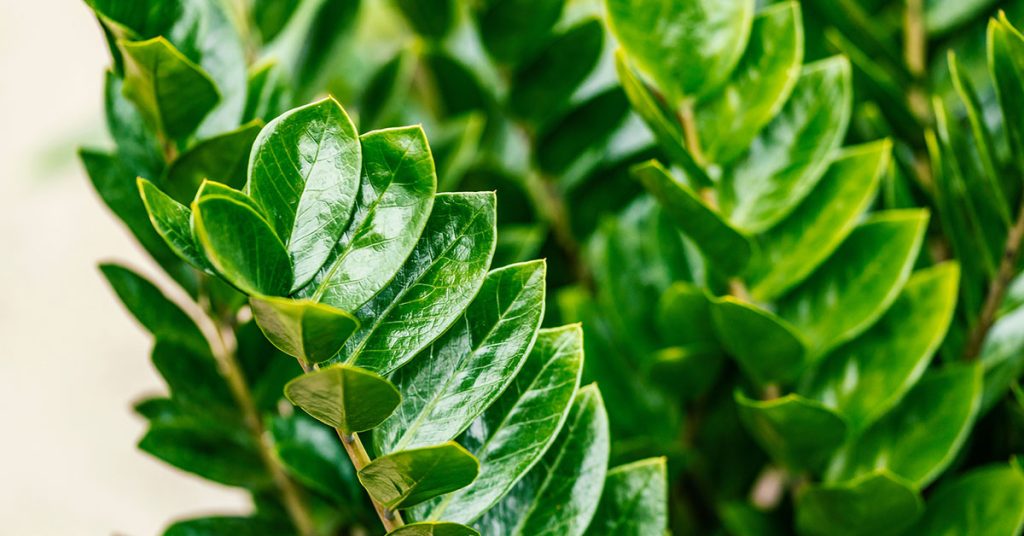
The ZZ Plant (Zamioculcas zamiifolia) is a popular choice for indoor environments due to its striking, glossy leaves and robust nature, capable of enduring with minimal attention. This plant is particularly forgiving when it comes to watering, embodying the epitome of low-maintenance care.
Ideally, ZZ Plants need water only when the top few inches of soil have completely dried out, typically amounting to a watering schedule of once every 3-4 weeks. However, this can vary based on factors such as light exposure, air humidity, and the plant’s overall environment.
A key to successful ZZ Plant care is to avoid over-watering at all costs, as their rhizomatous roots store water, making them highly susceptible to rot if left in moist soil for too long. During the winter, their watering needs decrease further due to a slowdown in their growth rate, requiring even less frequent watering.
The ZZ Plant’s ability to thrive under low light and its drought-tolerant nature make it an ideal plant for those looking to add a touch of green to their space without the high maintenance often associated with indoor gardening.
Spider Plant (Chlorophytum comosum)
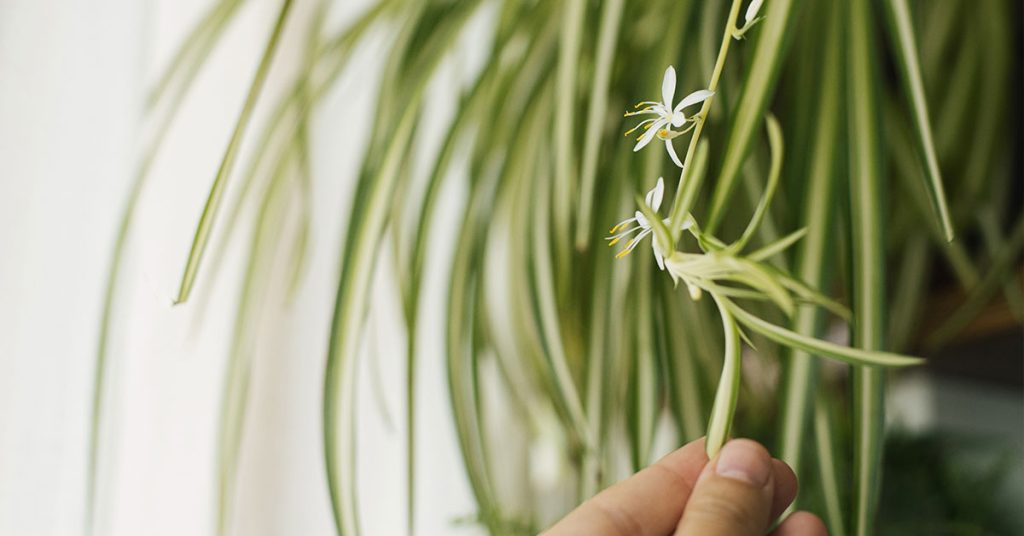
The Spider Plant (Chlorophytum comosum) is a delightful and easy-to-care-for houseplant, known for its graceful, arching leaves and charming offspring, or “pups,” that dangle from the mother plant. This adaptability and ease of propagation make it a favorite among indoor gardeners.
Spider Plants prefer consistent moisture but are forgiving if occasionally neglected. Ideally, they should be watered thoroughly once the top inch of soil feels dry to the touch, which generally equates to watering approximately once a week.
However, this frequency may need to be adjusted based on factors like the plant’s exposure to light, the humidity levels of its environment, and the season, with less water required during the dormant winter months. It’s crucial to avoid waterlogged soil, as Spider Plants are prone to root rot if overwatered. They also appreciate occasional misting to maintain humidity levels, especially in drier indoor climates.
Despite their preference for moisture, Spider Plants are relatively drought-tolerant and can recover well from dry spells, making them a resilient and forgiving choice for both seasoned and novice plant enthusiasts.
Pothos (Epipremnum aureum)
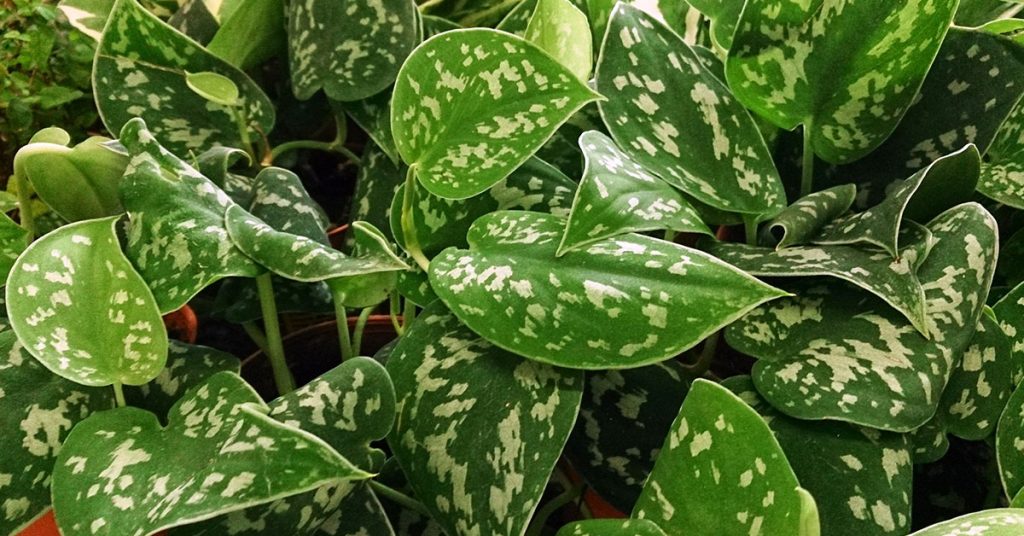
The Pothos (Epipremnum aureum), often celebrated for its lush, trailing vines and heart-shaped leaves, is a staple in the realm of indoor gardening due to its exceptional tolerance for neglect and varying indoor conditions. This plant is particularly noted for its versatility and ability to adapt to a wide range of lighting conditions, from low light to bright, indirect light.
The Pothos exhibits a remarkable resilience to irregular watering schedules, thriving on a “less is more” approach. The ideal watering routine involves allowing the soil to dry out completely between waterings, typically every 1-2 weeks, depending on the temperature, humidity, and light exposure in its environment.
Overwatering is a common pitfall to avoid, as it can lead to root rot and other issues. During the winter months or in cooler environments, the Pothos will require even less frequent watering. Its forgiving nature extends to its recovery from drought; if leaves begin to droop or curl, a thorough watering often revives the plant back to its vigorous state.
This low-maintenance plant not only adds aesthetic appeal to spaces but also purifies the air, making it an excellent choice for both novice plant owners and those seeking to expand their indoor garden with minimal effort.
Aloe Vera
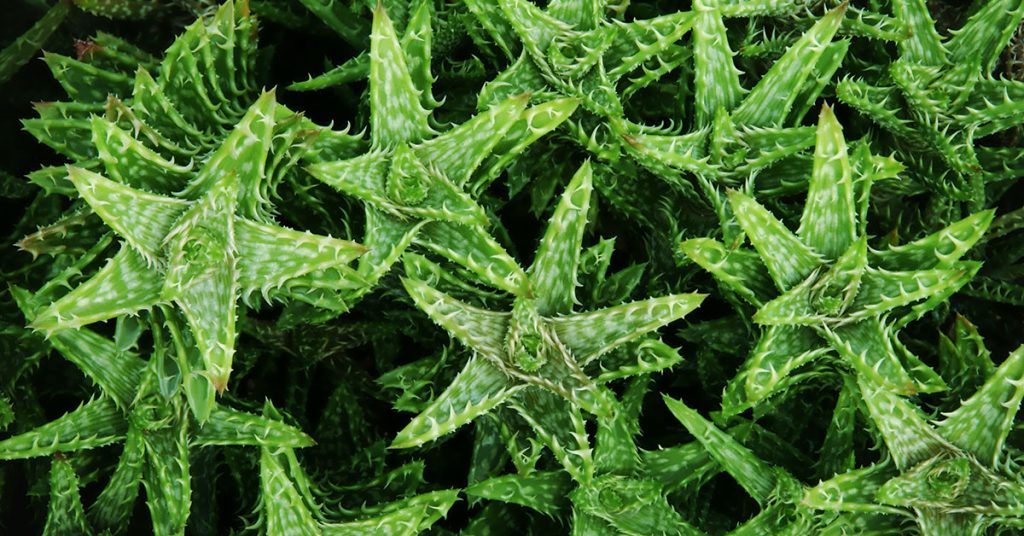
Aloe Vera is renowned not only for its medicinal and skincare benefits but also for its ease of care as an indoor plant. This succulent is characterized by its thick, fleshy leaves that store water, enabling it to withstand prolonged periods without watering.
Aloe Vera thrives best when watered sparingly; the soil should be allowed to dry out completely between waterings. Typically, watering once every 3 weeks is sufficient, though this can vary based on factors such as light exposure, air humidity, and the season, with less frequent watering needed during the cooler, dormant months.
Overwatering is the most significant risk to Aloe Vera, as it can lead to root rot and other fungal issues. Ensuring the plant is in a well-draining potting mix and container is essential to avoid water accumulation around the roots.
Aloe Vera prefers bright, indirect sunlight and can tolerate direct sunlight to some extent, though too much direct sun can cause the leaves to brown. Its low water requirements and ability to purify the air make Aloe Vera a perfect choice for those looking to add a functional yet easy-to-maintain plant to their indoor collection.
Rubber Plant (Ficus elastica)
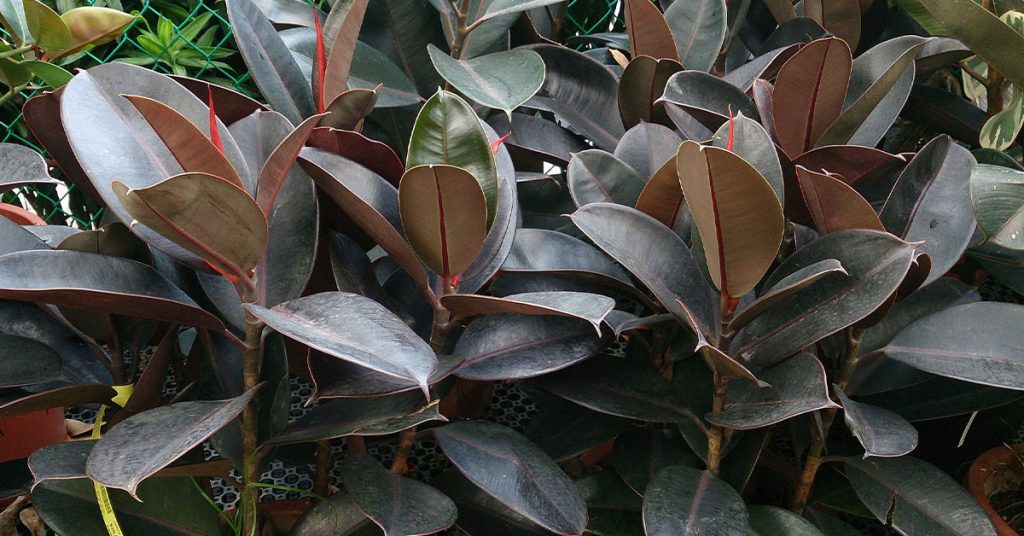
The Rubber Plant (Ficus elastica) is a striking indoor plant known for its glossy, dark green leaves and robust stature, making it a favored choice for adding a touch of elegance and drama to indoor spaces. This plant is relatively easy to care for but has specific needs to maintain its health and vibrant appearance.
The soil should be kept slightly moist, but not waterlogged, and allowed to dry out somewhat between waterings. Typically, watering every 1-2 weeks is adequate, depending on the ambient temperature, humidity, and light conditions in its environment. It’s essential to reduce watering frequency during the winter months, as the plant enters a dormant period and uses less water.
Overwatering is a common issue with Rubber Plants and can lead to root rot, so ensuring proper drainage is crucial. These plants prefer bright, indirect light but can tolerate lower light conditions; however, too little light may result in leggy growth and loss of leaves.
High humidity levels are beneficial and can be achieved through regular misting or using a pebble tray with water. The Rubber Plant’s ability to adapt to various indoor environments, coupled with its air-purifying qualities, makes it a popular and rewarding choice for indoor gardeners seeking to enhance their living or working spaces with greenery.
Haworthia
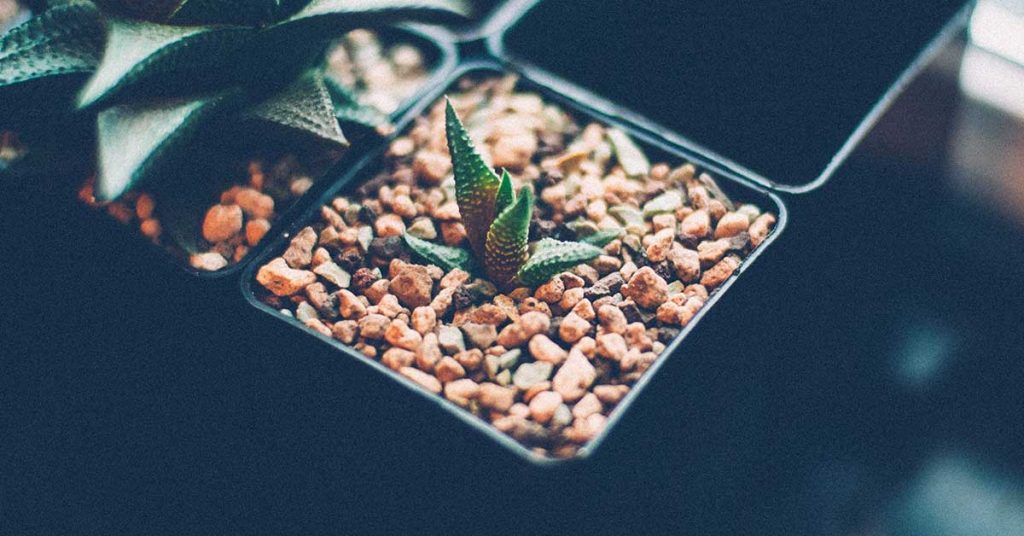
Haworthia is a genus of small, rosette-forming succulents that are highly valued for their striking, often translucent leaves and ease of care, making them perfect for indoor gardens and as desk plants. These succulents are particularly well-suited to indoor environments due to their compact size and low water requirements.
Haworthias need to be watered sparingly; the soil should completely dry out between waterings, typically necessitating water once every three to four weeks, though this can vary with the season. During the winter, their dormant period, Haworthias require even less frequent watering, possibly only once a month or less, depending on the humidity and temperature of their environment.
Overwatering is the primary concern with Haworthias, as it can lead to root rot, so ensuring good drainage is essential. They thrive in bright, indirect light but can tolerate lower light levels, which makes them versatile for various indoor settings.
Direct sunlight should be avoided as it can cause the leaves to scorch. Despite their preference for certain conditions, Haworthias are remarkably resilient and can adapt to less-than-ideal lighting and watering schedules, making them an excellent choice for succulent enthusiasts of all levels.
Their unique appearance and minimal care requirements make Haworthias a delightful addition to any indoor plant collection, offering a touch of nature’s beauty with minimal fuss.
Cast Iron Plant (Aspidistra elatior)
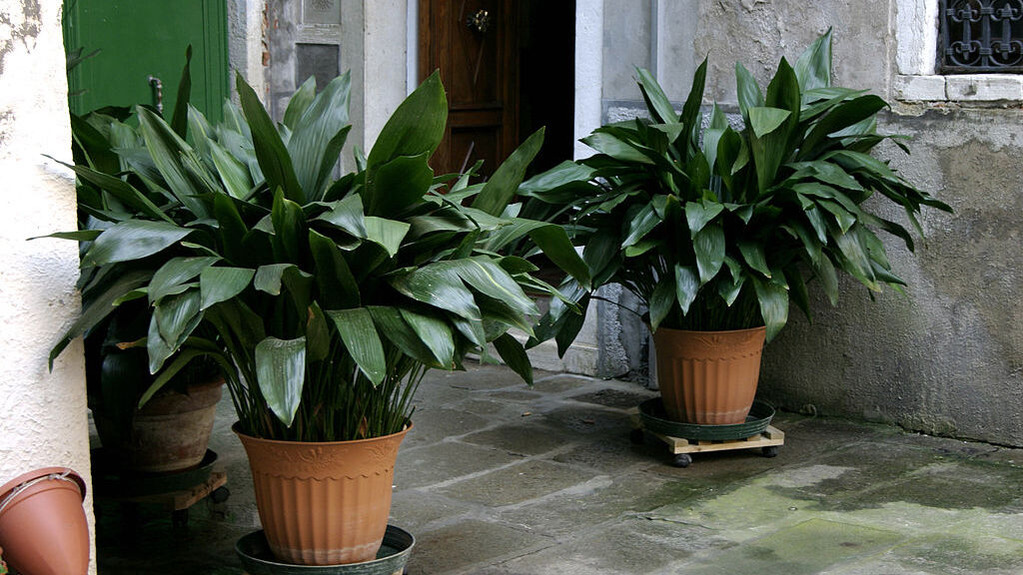
The Cast Iron Plant (Aspidistra elatior) earns its name from its remarkable ability to withstand neglect and less-than-ideal conditions, making it a stalwart survivor among indoor plants. With its lush, dark green leaves that can grow up to 2 feet long, it adds a touch of elegance and a feel of the tropics to indoor spaces.
The Cast Iron Plant thrives on minimal care, requiring low light conditions where many other plants might struggle. It is the perfect plant for less sunny spots in homes or offices, capable of thriving in areas away from direct sunlight, though it does appreciate filtered, indirect light as well.
The Cast Iron Plant is equally undemanding when it comes to watering. It prefers the soil to dry out completely between waterings, with a reduced frequency needed, especially during the winter months. Overwatering can lead to root rot, so it’s important to water sparingly, typically every 1-2 weeks, depending on the temperature and humidity of its environment. This plant is very tolerant of irregular watering schedules, making it ideal for those who may not have the time or remember to water regularly.
